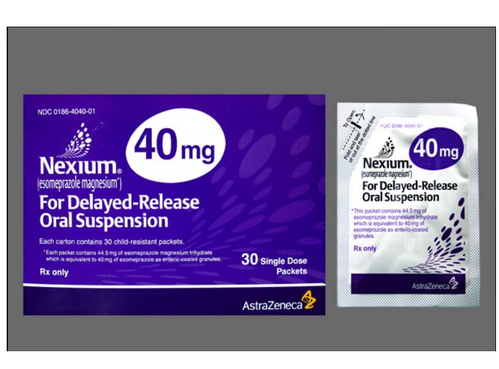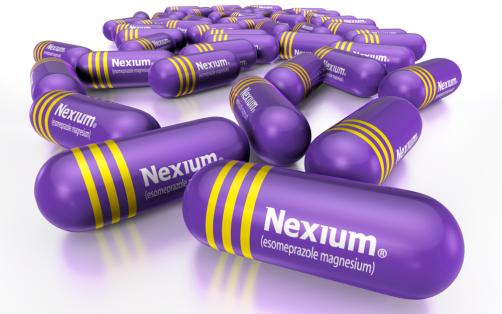A targeted effort that supported the 2001 launch of AstraZeneca’s gastroesophageal reflux disease (GERD) treatment Nexium (esomeprazole) struck a fine balance in building brand equity while encouraging appropriate use of the new medication.

Nexium succeeded Prilosec (omeprazole), the long-time market-leading proton pump inhibitor (PPI) that achieved US sales of $3.7 billion in 2001.
Research showed that patients could benefit from another treatment alternative. Nexium was launched to the medical community on the strength of data comparing it with Prilosec.
Nexium hit the market with support befitting a potential megabrand-extensive direct-to consumer television and print campaigns, along with direct communication with self identified frequent heartburn sufferers who previously requested information from AstraZeneca about treatment options.
To accelerate long-term growth, the marketing team sought to build a documented brand presence among others who may suffer from GERD and collaborated with Reader’s Digest to reach 380,000 US households whose residents meet that criterion.
The goal was to give a concentrated group of chronic heartburn sufferers an early introduction to Nexium and imprint them with a favorable image of the brand. It was significant that recipients had requested those communications from a trusted publication, “Viewpoints on Health,” a custom information source that Reader’s Digest sends to subscribers who have requested specific information-diagnosis, treatment, products-about ailments suffered by a member of their household.
The magazine’s database includes subscriber households reporting more than 30 ailments, with total ailments ranging from 250,000 to more than 1.5 million.
“Heartburn households” received two 16-page “Viewpoints on Health” booklets inside their July and August 2001 issues of Reader’s Digest. Content created by the Digest creative services department educated readers about the implications of recurring heartburn, treatment options, and health tips ranging from diet to meditation. In each booklet, a four-page advertising insert described the potentially serious nature of acid reflux disease and emphasized that only a doctor can diagnose it.
The insert included a free seven-day trial certificate-requiring an accompanying prescription for pharmacy redemption-to encourage patients to discuss with their doctors whether Nexium might be the right treatment for them.
To gauge the project’s impact, Reader’s Digest studied recipients’ involvement with the material. Their analysis revealed that approximately 90 percent of recipients recalled the booklets, two-thirds reported that they read most of the content, and of those, 83 percent rated the content good or excellent. Fully two-thirds of recipients recalled the product ads and 47 percent confirmed that the association with Reader’s Digest added to their credibility.
Trustworthy consumer information is the cornerstone of pharma marketing. Judging from the substantial consumer feedback, a helpful booklet helped connect credible content with Nexium as a treatment option for acid reflux disease. AstraZeneca’s collaboration with a respected publication enhanced the brand’s reputation with heartburn sufferers.
That’s the essence of all successful advertising.
Also Read: Branding Brief – Updating Betty Crocker

